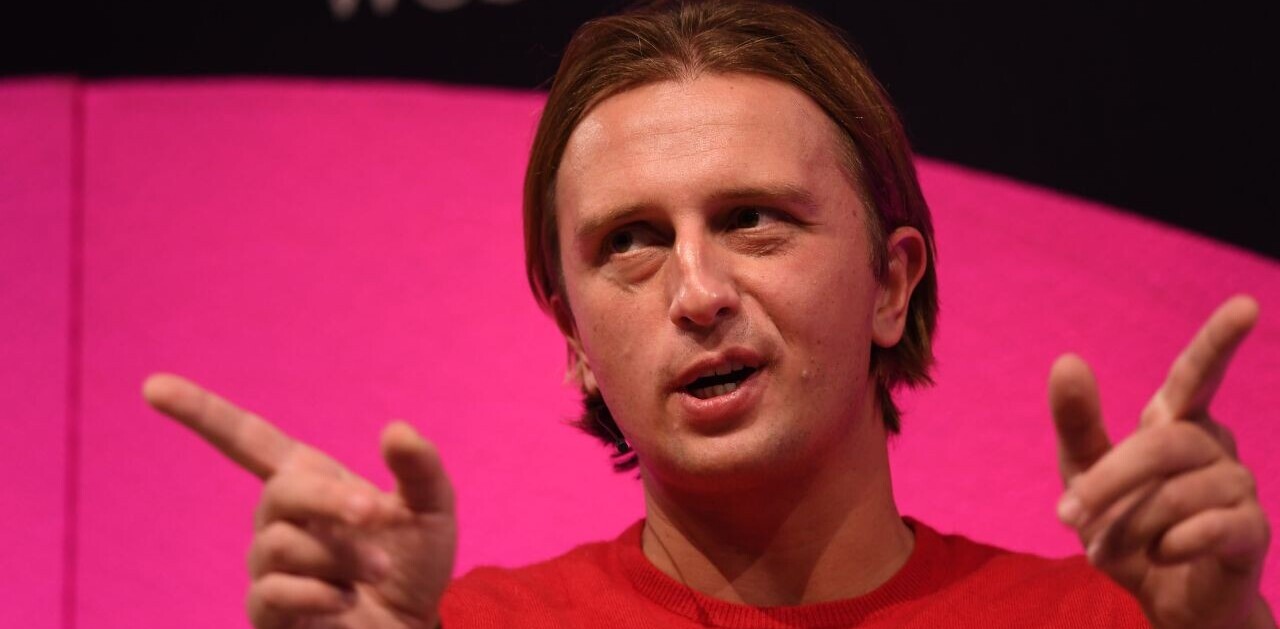
Last summer, the ‘Bitcoin bros’ epidemic took over NYC. Everywhere I went I saw people checking their phones and texting their friends as they traded Bitcoin – it was the bro-equivalent of Pokémon Go.
The endless Bitcoin trading had the traders stressed but it also allowed them to connect over how much the currency was going up or down in the market, thereby, revealing just how large their portfolio was and how strong their trading skills they were. Bitcoin had turned the streets of NYC into a trading floor. When the Bitcoin obsession vaporized as quickly as it had appeared, it left in its wake a bunch of new currency traders who had been encouraged and educated on the trading process by their own network.
Over the years, I’ve been fascinated by the ecosystems and digital-first brands and movements. What drew me to the ‘Bitcoin bros’ epidemic was less the ups and downs of the currency’s value, it was the fact that this crypto-epidemic blossomed a huge new user base in a complex category with the creation of mini networks of practice (NOPs), a type of networked learning. These mini-networks were informal, and not very inclusive.
However, the ‘Bitcoin bro’ moment in history beautifully demonstrates how new trends and offerings in fintech, including Bitcoin, have shown some success after NOPs were created. As people trained each other to trade currency they morphed from student to teacher quickly. It didn’t take long for people to feel educated enough about this new financial task to put some serious money on the line, rapidly generating a huge new demographic of people across the globe who took their first leap into currency trading.
The essential ingredient
This leads me to believe that the future of fintech lies in brands leveraging NOPs, as it’s the most efficient and effective way for groups of people to learn complex tasks and continue to level up their skills, an essential task for growing their engagement, success, and CLTV (Customer Lifetime Value).
These networks are alive and healthy. However, the potential for brands to harness these communities to play a role in fintech experiences, as we saw play out in the streets of New York last year, is one that all fintech players need to understand.
Leveling up with networks of practice
When it comes to complex tasks, whether that be investing, buying a home, leveling up your fitness or trading currencies, your social network is ideally a few steps ahead. Why? Much like the gym, or playing on a team, having others invested in your success and coaching you along the way is essential to almost any learning task, and financial health and investing are certainly complex on multiple levels. That truth is the basis for NOPs.
The most successful NOP on the planet is Reddit, which is already a hotbed of fintech activity and home to a thread specifically for Bitcoin beginners. The Bitcoin world also has its own NOP, beyond Reddit, with The Motley Fool Boards.
Both networks helped build the kind of community with the necessary relationship between enablement and networked learning. When you have high confidence and low skills, you are a candidate for burnout just like if you have high skills and low confidence, you are underutilized from a commercial perspective.
Getting a significant and constantly growing number of confident and enabled users is the key to sustainable growth. In fintech, you need to take people beyond sign-ups and downloads and transform them into successful moderate or heavy users.
More fintech apps don’t necessarily translate into more enablement/literacy
The stream of new trading apps aimed at the amateur investor/trader, like Acorns, Robinhood, Stash, Wealthfront, and Stockpile, makes financial management simpler, cheaper, and easier. As with all things in the modern economy, these platforms are being trailed by upgrades from incumbents like E*TRADE, Vanguard TD Ameritrade.
Arguably, many of the new app-driven experiences are attempting to simplify the task of investing enough to make the large pool of undereducated people feel “confident” or more enabled. But many aren’t doing enough to improve overall financial literacy or take people to a higher level of skill, they are just making it easier to complete basic tasks.
This is great overall, however, there’s a huge opportunity to apply a mentorship approach to these apps through NOPs to take users far beyond where they are today in terms of their abilities.
Sketch is a great example of enabling users through an NOP built right into their ecosystem, along with Adobe. Graphic design is a complex task, and building forums and other ways to connect right into the ecosystem can be very helpful. That said, there is even greater room for these to improve in terms of how integrated they are into the actual product experience, which they are generally not.
NOPs can help you capture and hold more users during high-growth periods
Under the right gold rush scenario or a VC-backed marketing budget, you can attract a huge amount of users quickly into a complex category (currency trading, personal wealth management).
However, without an NOP, it is unlikely that these simplified solutions will hold their attention for long enough to level up their skills, especially with the incredible financial anxiety of millennials and their high expectations for user experience. They would not be able to fully utilize the products or truly reach the level of enablement where they are confident enough to manage a larger percentage of their own portfolio.
Sadly, I hear few people worrying about enabling existing users vs “growing the base” especially during growth mode.
The first-mover opportunity is still out there
Why hasn’t a brand fully integrated a NOP before in fintech? For one thing, there is no simple model to copy because nobody seems to have cracked it in the financial world. This could be the result of a lack of direct ROI and a fear of legal responsibility for “advice,” or being wary of taking away from financial advisory/fiduciary revenue.
But relying on outside platforms to do most of the educating and network building results in brands missing out on a huge opportunity to build experiences for a very specific task and drive huge returns for the brand.
Get the TNW newsletter
Get the most important tech news in your inbox each week.




